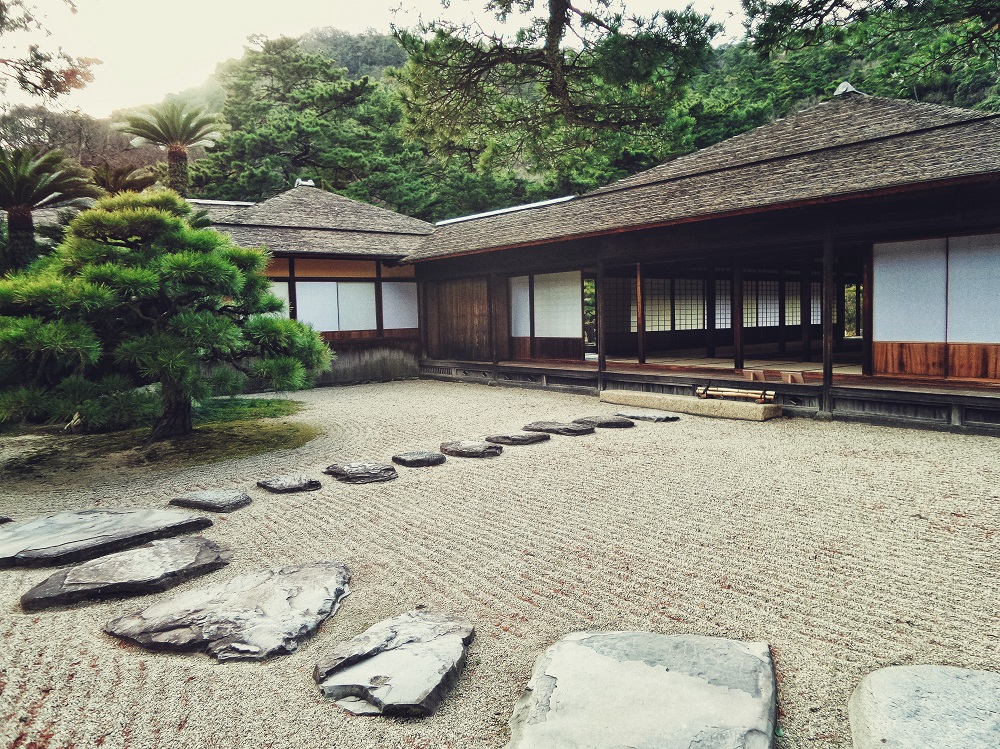Water leaks, busted pipes, and rusty fixtures are common problems that most business owners know how to address. But what about the issues that we tend to overlook?
To prevent catastrophic piping problems from taking place in your facility, learn about the typical problems that many businesses fail to notice:
1. Internal corrosion
Many industrial pipe fittings suppliers in Utah will advise you to check the inside of your pipes every once in a while. If your pipes have been operational for a substantial amount of time, there may be tuberculation happening inside. Tuberculation causes mounds of corrosion to develop on the inside of pipes. When left unchecked, these mounds can clog the pipes and affect the water pressure.
Excessive corrosion in your pipes will not only affect the quality of the water that travels through them, but it can also cause your fire protection system to fail because there is not enough water pressure in the pipes. Therefore, routine checking of the inside of pipes is a must.
2. Contaminated water

Some signs of water contamination can easily be detected via smell, sight, and taste. However, contaminants in water don’t always manifest in ways we can sense. Regardless of whether there are signs of contamination or not, make sure you have your water tested regularly. This practice is especially important for businesses that deal with food, beverage, and other edible items, as impure water can lead to all sorts of health problems.
3. Defective thermometers and gauges
Not all facilities are consistent when it comes to routine checking gauges and thermometers. And if it’s the same case for you, your business might be at risk for massive system failure.
For instance, if a sprinkler system with a broken gauge fails to detect a loss in pressure, the area with the fire may not receive enough water to put it out. Similarly, if a boiler with a faulty gauge does not warn you of excessive pressure, the boiler can explode if the pressure is not relieved in time. Needless to say, the risk of catastrophic damage and fatality is too high to not make gauge and thermometer checking a routine.
4. Carbon monoxide buildup
This is one of the most dangerous problems that piping systems can experience, as the accumulation of carbon monoxide can be fatal. Since carbon monoxide has no smell, facilities must be proactive in making sure there are no obstructions to vents and that carbon monoxide is released into the atmosphere properly.
It’s also a good idea to install carbon monoxide detectors in multiple areas of your facility, especially the boiler rooms. Carbon monoxide at low levels may not cause death, but it can harm peoples’ health with prolonged exposure. Fortunately, carbon monoxide detectors are inexpensive, so you can easily install a handful of them in your facility to protect the health and lives of your employees.
Overlooking piping problems can put you at a much bigger risk of damage. That said, make sure you deal with piping issues as they arise, especially those that are often overlooked.


